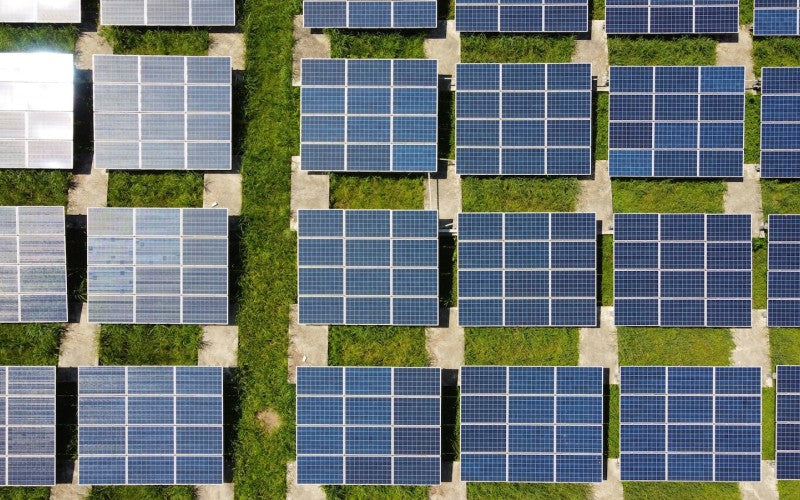
Are you interested in harnessing the power of the sun to generate clean and renewable energy? Solar panels offer an excellent way to do just that! However, the traditional setup involves using a charge controller to regulate the flow of energy from the solar panels to the battery. But what if you want to keep things simple and connect your solar panels directly to a battery without a charge controller? In this blog post, we will explore the steps to achieve this setup while keeping it safe and effective. Let's dive in!
1. Understanding the Role of a Charge Controller
Before we delve into the process of connecting solar panels to batteries without a charge controller, let's briefly understand the purpose of a charge controller. A charge controller acts as a mediator between the solar panels and the batteries, ensuring that the battery receives the optimal amount of energy without overcharging or discharging excessively. It helps prolong the battery's life and protects it from potential damage caused by fluctuations in voltage.
2. Assessing the Risks and Limitations
While connecting solar panels directly to batteries can be done, it is essential to acknowledge the risks and limitations of bypassing a charge controller. Without a charge controller, there is a higher risk of overcharging the battery during peak sun hours, which can lead to reduced battery lifespan or even permanent damage. Additionally, without regulation, the battery might discharge more rapidly in low sunlight conditions, impacting the overall energy storage capacity.
3. Opting for a Simple Setup
If you still wish to proceed with connecting solar panels to batteries without a charge controller, consider opting for a small-scale and straightforward setup. This approach is more suitable for low-power applications, such as small electronic devices, portable chargers, or DIY projects. For larger systems or those intended for long-term use, using a charge controller is highly recommended.
4. Selecting the Right Components
To ensure a safe and efficient connection between solar panels and batteries, it is crucial to choose the right components. Here are the key components you'll need:
a. Solar Panels: Select high-quality solar panels that match the voltage rating of your battery. Make sure the solar panels' combined wattage does not exceed the battery's charging capacity to avoid overcharging.
b. Battery: Choose a deep-cycle battery, as it is designed to withstand repetitive charging and discharging cycles without losing performance.
c. Diode: Incorporate a diode in the circuit to prevent reverse current flow from the battery to the solar panels during the night or low light conditions.
d. Fuse: Install a fuse to protect the circuit from overcurrent and short circuits. It acts as a safety measure to prevent any potential hazards.
5. Wiring the Solar Panels to the Battery
Now that you have gathered the necessary components, it's time to connect your solar panels to the battery. Follow these steps carefully:
a. Determining the Wiring Configuration: Decide whether you want to connect the solar panels in series or parallel. Connecting them in series will increase the voltage output, while parallel connections will increase the current capacity.
b. Prepare the Solar Panels: Ensure that the solar panels are clean and free from any dust or debris that might hinder their efficiency.
c. Connect the Solar Panels: Connect the positive (+) terminal of the first solar panel to the positive (+) terminal of the second panel (if in series). Similarly, connect the negative (-) terminal of the first panel to the negative (-) terminal of the second panel.
d. Install the Diode: Insert the diode between the positive (+) terminal of the solar panel array and the positive (+) terminal of the battery. This will prevent any reverse current flow.
e. Attach the Fuse: Place the fuse in the positive (+) wire between the solar panels and the battery. The fuse's rating should be appropriate for the maximum current the solar panels can generate.
f. Connect to the Battery: Finally, connect the positive (+) terminal of the solar panel array to the positive (+) terminal of the battery and the negative (-) terminal to the negative (-) terminal of the battery.
Conclusion
While connecting solar panels directly to batteries without a charge controller might be feasible for small-scale and temporary applications, it's essential to acknowledge the potential risks involved. For larger, long-term systems, using a charge controller is highly recommended to optimize the battery's performance and lifespan. If you decide to proceed without a charge controller, ensure you have the right components and follow the wiring instructions diligently. Embrace the power of solar energy responsibly and safely, and enjoy the clean energy that Mother Nature provides!


0 comments